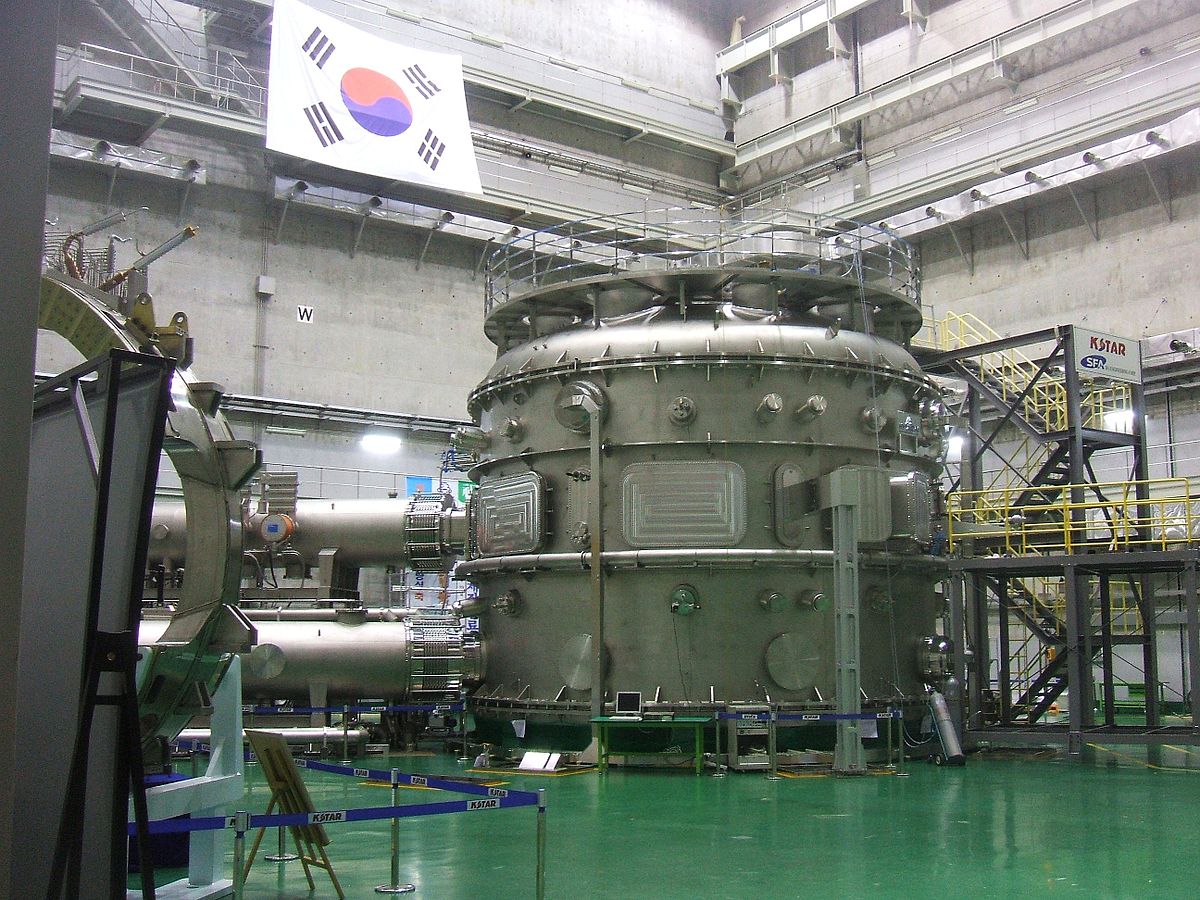Key infrastructure around the world, in water and wastewater systems, for example, are aging, and significant infrastructure investment will be required to maintain and improve water supply efficiency. While the media is generally focused on the problems of water supply needed for direct human consumption, in fact, water is overwhelmingly consumed in agricultural and industrial activities and companies and entities involved in the use of water must adapt or face extinction. The key to avoiding this fate is efficiency.
All Precious Resources Must be Handled More Efficiently
Other industry sectors consuming large amounts of precious resources like water include consumer goods, food and beverage processing, oil and gas production, petroleum refining and petrochemicals, pharmaceuticals, mining and metals, pulp and paper, and electric power generation.
Those charged with managing precious resources are turning to automation to help improve asset management. Automation includes AC drivers, consumption and waste reduction, DCSs, field transmitters and valves, and HMIs. It also includes improvement of margins, plant asset management, PLCs, process engineering tools, production management, real-time process optimization, reduction of costs, and improved product safety.
To a significant degree, the outlook for automation in water and wastewater industries, as for most industries needing automation, is the dampening effect of global economic conditions and conflicting government priorities. Many current automation projects focus on reducing energy consumption and waste, reducing costs and margins and improving safety. These improvements should generally lead to a reasonable return on investment (ROI).
Successful Automation Projects
- Dallas-Fort Worth International Airport conducted an energy analysis and found that an elevated storage tank would save 1.6 million kilowatt hours of electricity and decrease CO2 emissions by 2,000 tons by using a unique valve system and pressure monitoring equipment.
- Hazelwood Coal Mine needed a solution that would provide fire water services and high safety standards inside its mines. By installing state-of-the-art software and automation systems, the company was able to achieve a 450 fold return on its investment. The system provides water distribution analysis, design, and application, which models each mine and its fire service water system. The company was able to integrate the entire network and make sure water is always available in the highly combustible mine environment.
- Municipalities around the world are installing multi-million dollar water treatment systems and overflow pipes and basins in an effort to keep water resources clean. IndustryTap wrote an article, “Five of the Most Exciting Civil Engineering Projects Happening Right Now,” which discussed the expansion of a water treatment plant in San Diego and its expansion through the year 2030. The article also highlighted the Euclid Creek Storage Tunnel in Cleveland, where underground tunnels a century old are being upgraded to prevent runoff into the area’s waterways, including Lake Erie and Euclid Creek. Automation is helping these projects shift from a reactive to a proactive operational management system. Now real-time forecasting software enables potential overflows and uncontrollable discharges to be managed more effectively and efficiently. These treatment systems are full of sensors feeding back information that is integrated with computer software, allowing clear and simple understanding of events and optimal responses.
Automation of agricultural and industrial processes generally result in improved operation and efficiency. Now it is just a matter of governments and the people they serve setting priorities as to which projects need to be done first.
Related articles on IndustryTap:
- Bill Gates Thinks Omni Processor’s Potable Water From Human Waste is Delicious…
- What Goes on Behind the Virtual Curtain? Mining Wastewater Turned into Rainwater
- Finally, a Way to Make Plastics Recycling Make Sense: Cut Out the Water & Cut the Cost
References and related content:






